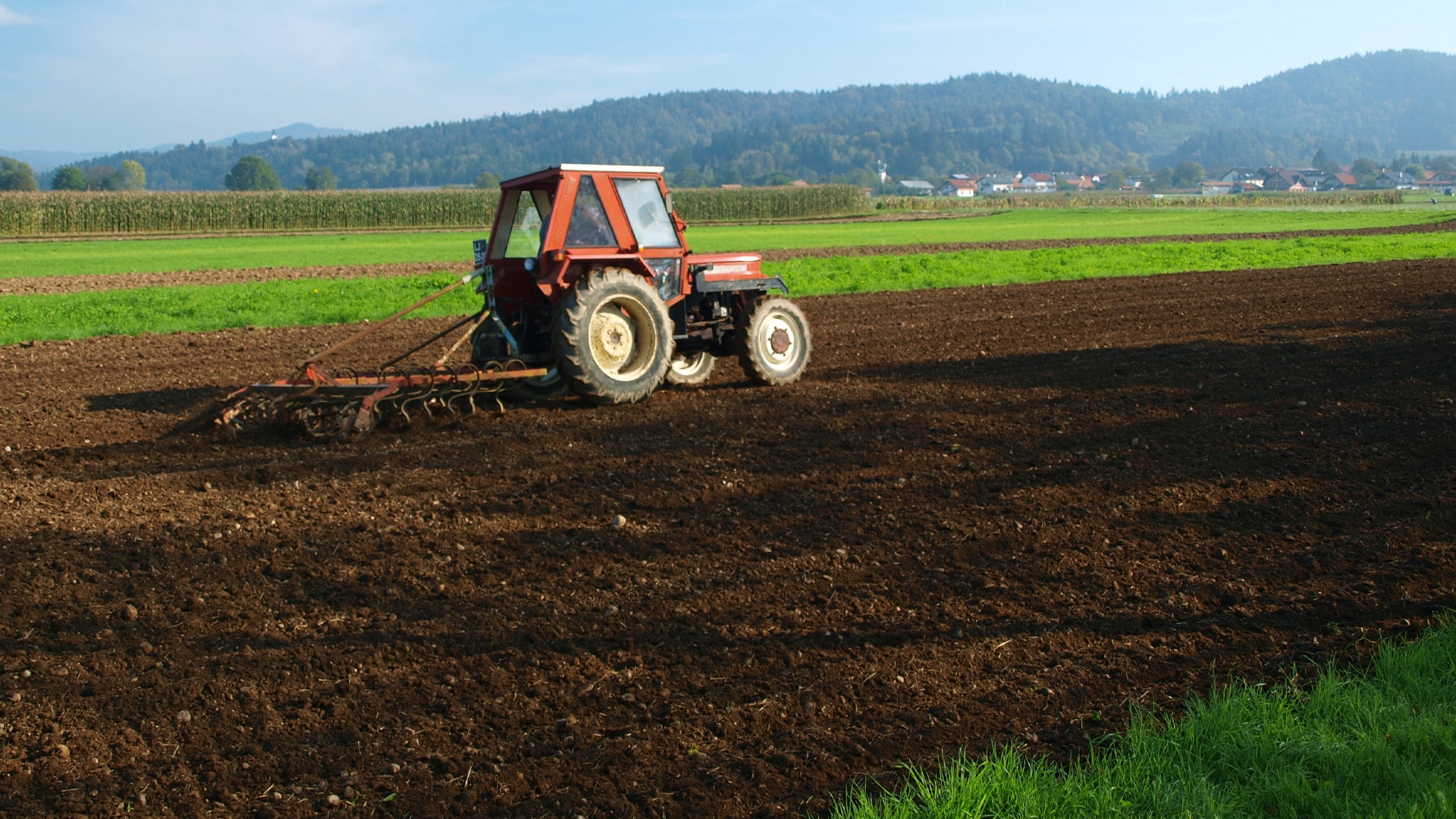Agriculture
‘High raw material prices, lower sales volume to dent operating profit of tractor makers in FY22’


Operating profitability of tractor makers is set to shrink by 300-400 basis points in the ongoing fiscal year owing to a sharp increase in raw material prices, primarily steel, along with lower sales volume, ratings agency Crisil said on Friday.
Crisil also said it expects domestic tractor sales volume to decline 4-6 per cent in 2021-22 amid the volume growth moderating to 0.7 per cent in April-December 2021. In the ongoing fiscal year, Crisil said, prices of key raw materials such as steel and pig iron, which account for 75-80 per cent of total cost, have risen 35-40 per cent year-on-year in April-December and discretionary costs have normalized.
However, despite the resultant decline, operating margin will remain healthy at 15-16 per cent in line with the pre-pandemic levels, it said. Crisil said an analysis of three tractor makers, which account for 70 per cent of the industry revenue, shows operating margins had expanded by 400-450 basis points to 18-19 per cent in fiscal 2021. This was on account of better product mix, a shift towards higher horsepower (HP) tractors, lower raw material cost (especially in the first half) and curtailment of discretionary expenses such as advertising, travelling, discounts and administrative costs, it said. With sales volume growth moderating to 0.7 per cent in April-December 2021, they were able to only partially pass on higher raw material cost impact through price hikes, the rating agency said.
Crisil expects their credit profiles to remain stable, supported by strong and almost debt-free balance sheets, and robust liquidity. We expect tractor sale volume to fall around 20 per cent in the last quarter of this fiscal over the very high base of last year. Patchy rainfall has worsened the impact and lower than-expected kharif production albeit 0.9 per cent higher on-year, said Anuj Sethi, Senior Director, Crisil Ratings.
Furthermore, budgeted allocation for government schemes, including PM-KISAN, interest subsidy for short-term credit to farmers and Pradhan Mantri Fasal Bima Yojana, which had supported growth last fiscal year, is 10 per cent lower in 2021-22, he said. As a result, rural income levels have been affected this fiscal and we foresee domestic tractor sales volume declining 4-6 per cent this fiscal, Sethi added. Having said that, the expected 40-50 per cent growth in exports, which account for 9-10 per cent of demand, will marginally offset the impact of moderation in domestic demand, Crisil said.
In fiscal 2023, assuming normal monsoon and good crop profitability, domestic sales volume is expected to grow 2-4 per cent on-year, while softening of key raw material prices is likely to expand operating margin by 100-150 basis points on-year, it said. The sector has the potential for steady growth in the long term due to low mechanization in the country ( around 2 HP per hectare). The shift towards tractors with higher HP of 41-50 will further aid growth, according to Crisil.
Despite moderation in operating performance, credit profiles should remain healthy this fiscal and in the next, driven by negligible debt for most players, robust cash surplus of Rs 20,000 crore and low capital expenditure requirement, Says Gautam Shahi, Director, Crisil Ratings. That said, the spread of the third wave of COVID-19 infections in the hinterland and its impact on rural demand will bear watching, as per the ratings agency.



Pingback: Bharat Biotech gets nod for COVID-19 intra-nasal vaccine phase-3 trials